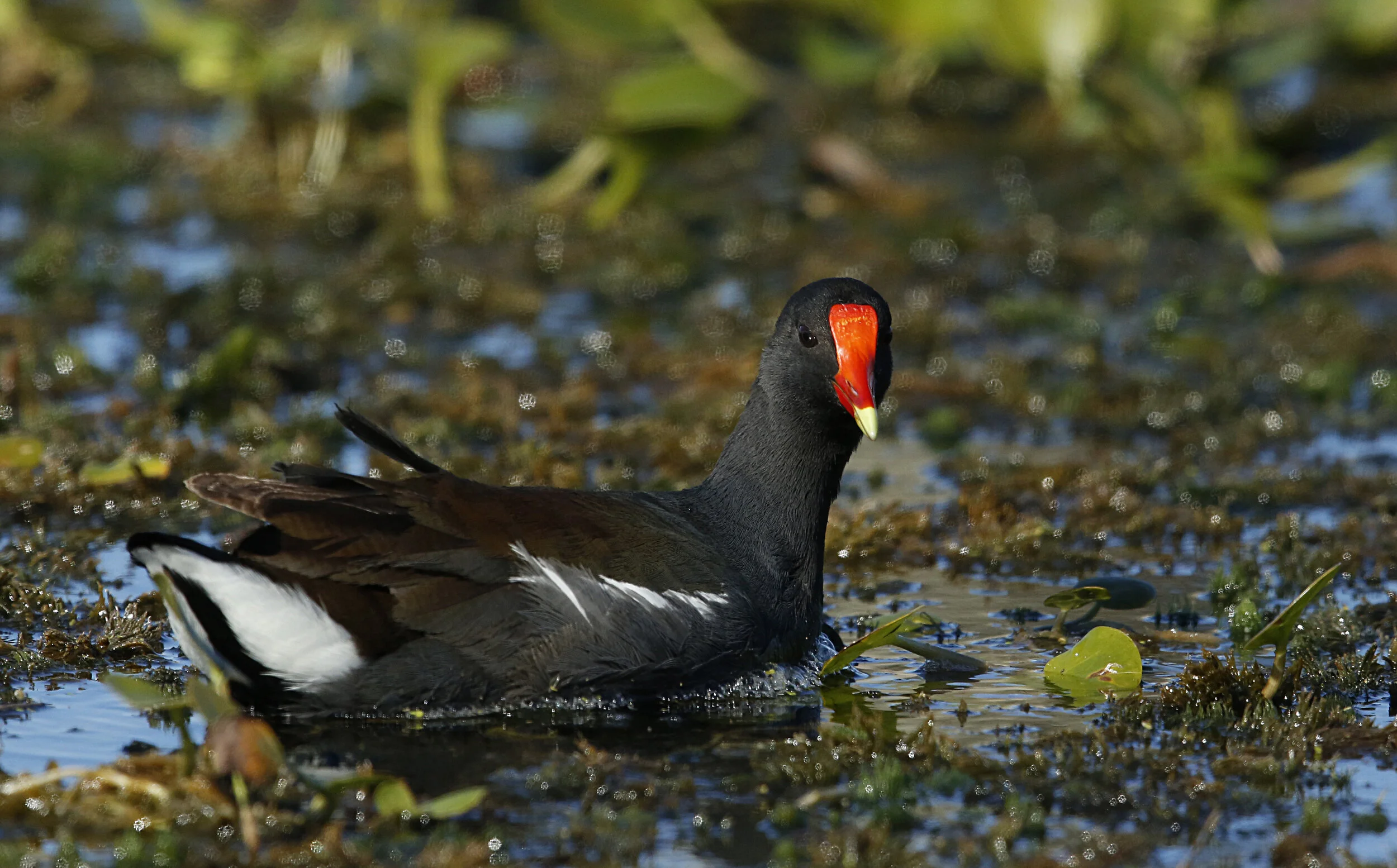Marshbird Monitoring
As Presque Isle formed over the millennia, the enclosed ponds began to take shape, slowly filling in with marshy vegetation. There is now close to 3,500 acres in Presque Isle State Park and approximately 2,000 acres of that is wetlands.
Wetlands are a critical part of our natural environment as they protect our shores from wave action, reduce the impacts of floods, absorb pollutants, improve water quality, and provide critical habitat for fish and wildlife.
Sadly, almost all of Pennsylvania’s wetland bird species have declined in recent decades as documented by the Second Atlas of Breeding Birds in Pennsylvania and surveys conducted by the Pennsylvania Game Commission. In fact, the majority of the bird species listed as endangered or threatened in Pennsylvania breed in wetlands.
Wetlands are commonly defined by their location and different ecological characteristics such as salt marsh, tidal marsh, mudflat, wet meadow, cedar swamp, and hardwood swamp. As the name implies, our Marshbird Monitoring Program is concerned with fauna that depend on healthy marsh habitats-- but not just any marshes, the unique emergent marshes that are present at Presque Isle State Park.
Emergent marshes are a fairly rare type of habitat within Pennsylvania, which is otherwise a heavily forested state. These areas of marshland are not only rare, but they are extremely important habitats to the many specialized birds that call them home.
By the late 2000s, there was a growing concern regarding the number of native Pennsylvanian flora and fauna species dependent on healthy marsh ecosystems that were state-listed. A long-term plan, to be completed in three phases over the course of a decade, was devised to address this concern and to see if, in fact, native fauna will respond positively to active and, at times, aggressive marsh restoration efforts.
We conducted the first round of marshbird monitoring in the summer of 2011, a year before Phase I was set to begin and the park initiated their more aggressive phragmites control effort. In 2017, during Phase II, we began a yearly monitoring effort of the emergent marshes at Presque Isle, to be conducted each summer. Our program focuses on eight species of secretive marshbirds: Least Bittern, American Bittern, Pied-billed Grebe, Common Gallinule, American Coot, Virginia Rail, King Rail, and Sora.
A quick comparison between the numbers that we are currently seeing versus what was present in 2011 shows that there are a lot more marshbirds present now, which is super exciting to know that the restoration efforts are working. In particular, our surveys have shown that there are roughly three times as many Least Bitterns, an endangered species here in Pennsylvania, than there were back in 2011.
In fact, Presque Isle now hosts the largest population of breeding Least Bitterns in Pennsylvania!
Erie Bird Observatory is proud to be collaborating with local, state, and federal partners here in northwest Pennsylvania that are committed to protecting marshes through projects to restore, rehabilitate, and re-establish wetland sites.













